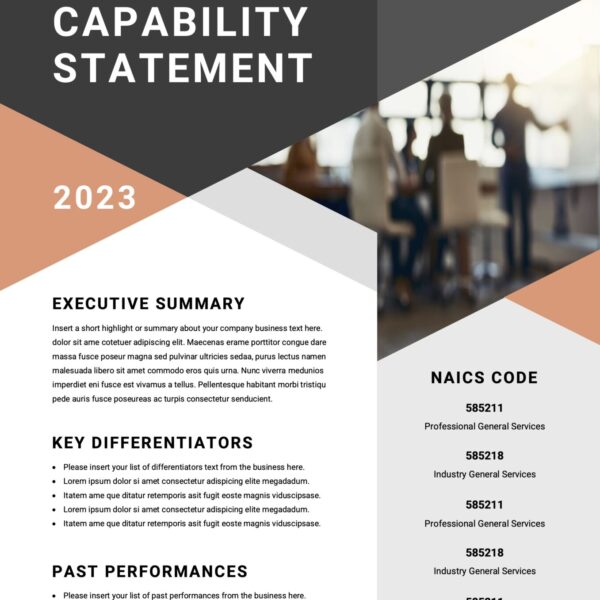 When it comes to designing a website, there can be a lot of opinions thrown into the hat from all parties. Opinions from the designer, who usually is considered the authority figure. From a company’s marketing team. My favorite are the opinions from the executive team. Now all of these opinions can be good and valid, yet all could be irrelevant when it comes to what opinion matters most; your potential client’s.
When it comes to designing a website, there can be a lot of opinions thrown into the hat from all parties. Opinions from the designer, who usually is considered the authority figure. From a company’s marketing team. My favorite are the opinions from the executive team. Now all of these opinions can be good and valid, yet all could be irrelevant when it comes to what opinion matters most; your potential client’s.
Website redesigns are touchy to me. When a client calls our office and asks about how much it will be to overhaul their entire website for a more modern look, our first thought is “great, let’s do it!” Especially if their existing site hasn’t been touched in over 3 years. We explain the importance of having social plugins, e-commerce, responsive web forms, and more. However it almost always is in the perspective of that site/business owner.
I’ve been doing some reading on effective landing pages and site designs, and I have to admit that I don’t always design or develop in the mindset of the online visitor. They’re the ones that spend the 7 seconds deciding whether or not a website has what they’re looking for before continuing on or bouncing off the website to another search result. This is a really important aspect to put into perspective. We’ve all heard the lines “a brilliant website means nothing if no one sees it,” or “content is king,” and so on. However if a potential customer or client doesn’t understand your website, or doesn’t feel comfortable enough to stay on and contact you or buy something your website is pointless.
Here are some points you should consider about your website; whether current or in development:
Lead Generation: Having a compelling call to action will not only help your sales team, but if tracked on a regular basis it will tell you what content people are hungry for.
Readability: Aside from complex wording, slang, or simplistic; your content needs to hit home with your target audience. It needs to resonate to their exact need for your product or service and they should understand that (hopefully) in the first few words or sentence on whatever page they landed on in your website.
Visual Candy: Not all customers and clients are into a wordy website. Some prefer rich and high quality images, graphics, and logos. Things that make them imagine themselves in or with your product or service. Lets face it, a good TV commercial for a piece of clothing will stay in your head until you visit the mall and feel compelled to buy it, or it will immediately turn you off.
Problem Solving: We’re all in business to solve a need right? If your homepage or landing page can effectively address your reader’s issue, you’ll draw in more leads than your biggest competition. Simply because of how you addressed the problem, you’ll win a clients vote of confidence – at least enough for them to give you a call or email you.
Market Research: This may sound like a big R&D project, but it really isn’t. There are many ways to poll people to get their opinions on things as a consumer. The data is out there, and we all know data doesn’t lie. So take the time to do some questioning and research to put into your website. You’ll not only have a greater confidence in your work, but be backed by hard evidence from doing your homework.
Really think about these things the next time you plan on redesigning your website or before you start a new one. One of the things we are proud of doing is sitting with our clients and really trying to get inside of their minds and really get to know what makes their business strategies so unique.
Have something to add? Please do so in the comments below. Your suggestions are always welcome!



I wholeheartedly agree! So many clients – even those who already have websites but didn’t develop them with good designers – approach the web design process as design > launch, with no planning step. My favorite calls are the ones from potential clients who want a website turned around in a couple days, have no content or photography ready, and “don’t know anything about this” (and typically only want to spend a couple hundred dollars). The first thing we do is slow them down and help them understand that targeting your industry is paramount to “I’ve been told my business needs a website.”
It almost shows a lack of respect for our industry when someone thinks building a website should be quick, cheap, and dirty, especially when they explain it like, “I don’t really care if it’s good; I just need something online.” I think it’s important for people in our industry to educate those who don’t understand the distinction between the proper web design process and just slapping something up on the Internet.